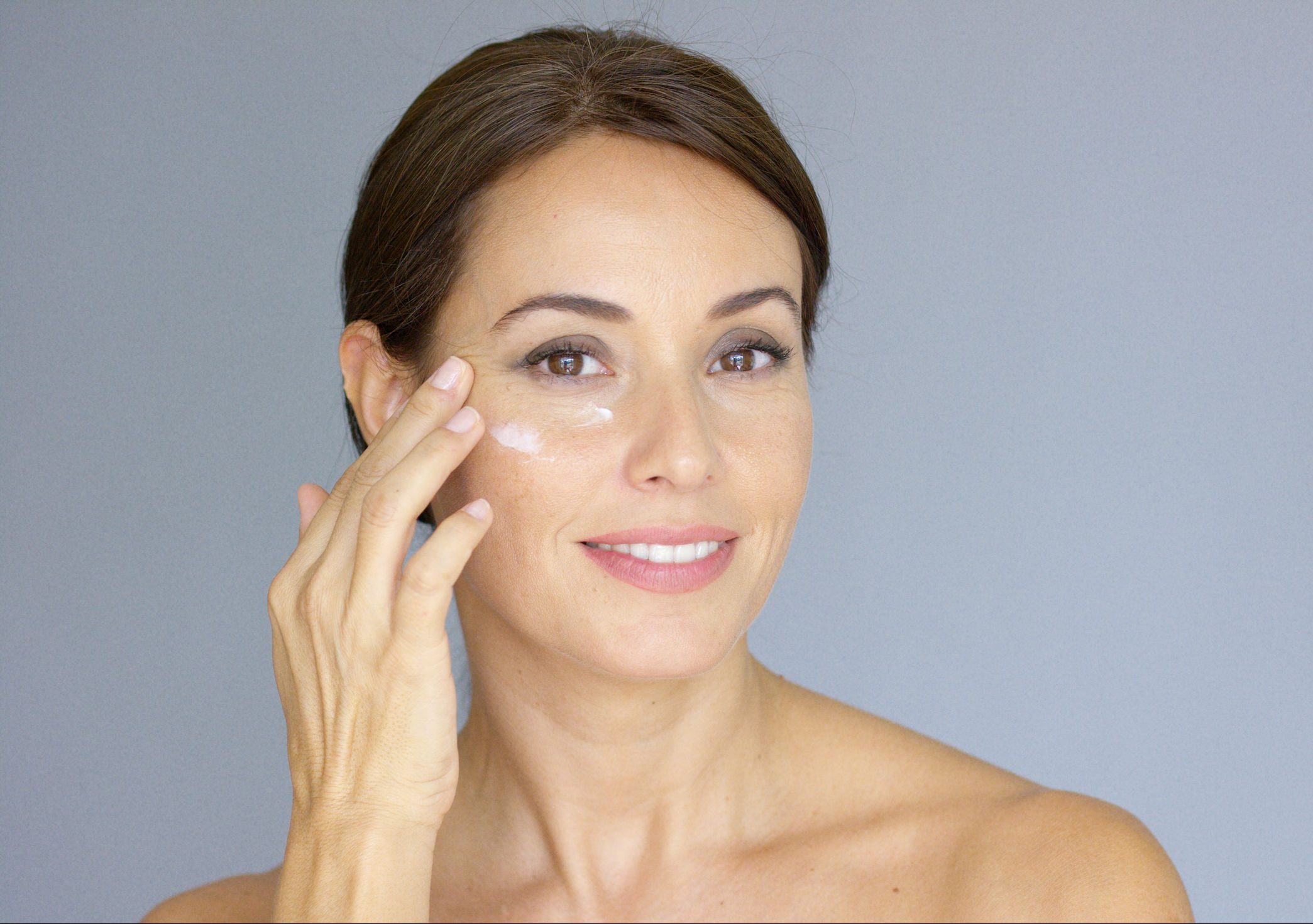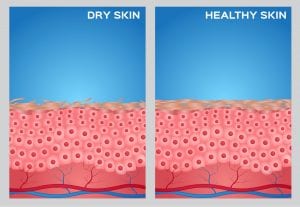This time of the year provides an opportunity to reflect on our journey – both where we are now and where we would like to go in future. By doing so, we can assess what hasn’t worked over the course of the year, and of course, celebrate what has! The cosmetics industry is no different in this regard. While it has suffered losses like most sectors, it is propped up thanks to the strong and unique emotional connection consumers have with the category.
It has been observed that the COVID-19 crisis has hastened trends that were already defining the market, such as rising access to cosmetics and beauty treatments by the growing middle class, and the role of e-commerce in the industry. In addition, the pandemic has solidified a growing social paradigm shift towards a more inclusive and widespread concept of “beauty” for the purpose of well-being. Let us look deeper into these factors and what they mean for the cosmetics industry.
Pampering and self-care
Across the globe, consumers have shown that they still find comfort in the simple pleasures of “self-care” or a simple beauty product, independent of their ability to attend social gatherings. The main reason that at-home treatments have become ever so popular is that the professional ones simply haven’t been available to us. Consumers have made a virtue of necessity and turned to DIY in order to supplement their beauty routines. The cosmetics industry has provided professional-grade alternatives to support this, while still keeping products’ ease of use high. Looking after skin and hair has been an important aspect for some consumers to turn to during uncertain times. Having a consistent routine is, after all, an important part of a strong mental health regime.
New brands and new product launches
Cosmetic brands have been under pressure to constantly update their product-innovation pipelines even before the pandemic in order to stay on top of the market. As the COVID-19 crisis has shown, the world can change quickly, bringing substantial shifts in demand. Therefore, the need for rapid product R&D has become even greater. This can place further pressures on the downstream supply chain, which can sometimes find it very hard to catch up, as they face logistical issues exacerbated by the impact of the events of the last two years. To assist in this process, contract manufacturers have had to diversify their offering and sometimes even play a part in product innovation.
E-commerce and on-line presence
As we spend more time online , manufacturers have also increased social media advertisement. Direct-to-consumer e-commerce through brands’ websites, social-media platforms, and general marketplaces are all important points of contact that customers will use regularly. Consumers across the globe have shown they are willing to increase their online engagement and spending when physical stores or the products therein are inaccessible. Beauty-industry players will need to prioritize digital channels to capture and convert the attention of both existing and new customers. As concerns about safety and hygiene fundamentally disrupt product testing and in-person consultations, the use of artificial intelligence is also being employed in research, testing and customization.
Shifts in consumer interests
There have been also some surprising changes resulting from the COVID-19 crisis which are likely to stick around for some time. Here are two areas in which the pandemic has altered the beauty industry in a more significant way:
1-Hygiene: The industry has responded positively to the crisis, with brands switching their manufacturing to produce hand sanitizers and cleaning agents. There has been more of a focus on presenting the image of products as clean and safe.
2- Colour cosmetics: While skin care and haircare have been able to accelerate existing trends, make up products have had to adapt further due to the prominent use of face masks. Lash, brow, and eye categories have become more predominant, as consumers prioritise the visible portion of their face, above their masks.
As we move on to the start of a new year, we celebrate the cosmetic sector as playing a role in more than just beauty. In the past two years it has given consumers happiness, a sense of comfort, relief, and increased overall wellbeing. To all of us working in the industry, we can feel proud of being part of something that provides some benefits to the community. While cosmetics cannot cure, they can certainly make things look and feel better!
——————————–
References
How COVID-19 is changing the world of beauty, by Emily Gerstell, Sophie Marchessou, Jennifer Schmidt, and Emma Spagnuolo
19 ways the beauty industry is responding to CoronaVirus, by Deanna Utroske
How the beauty industry is surviving the pandemic, by Cheryl Wischhover
As the cosmetic industry takes a hit during the pandemic, Ulta Beauty finds a bright spot in lashes, brows, eye makeup, and non-prestige brands, by Bethany Biron
How the beauty industry is coping in the era of COVID, by Laura Vogel



